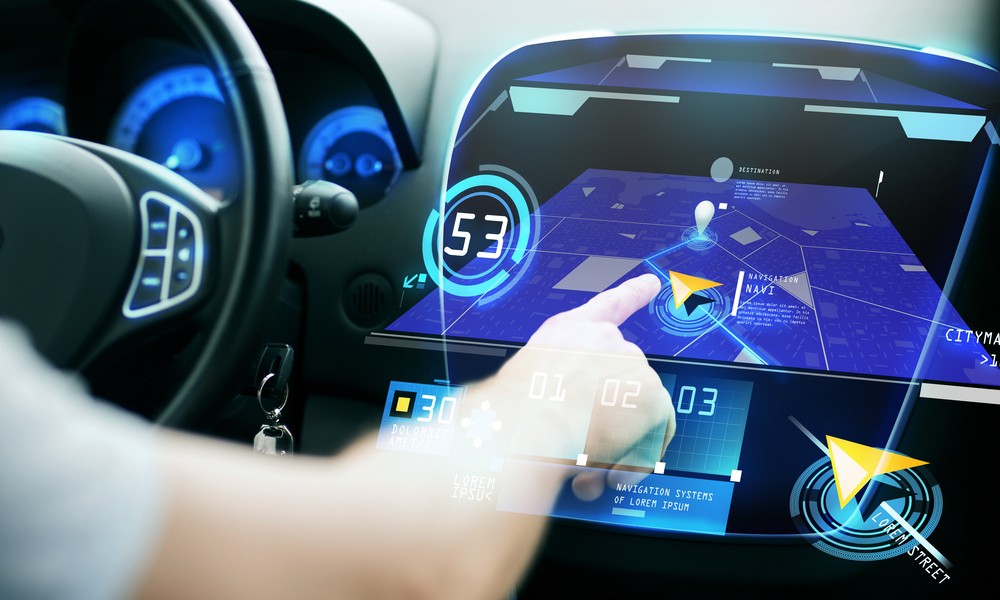
The world of payments is constantly evolving, and one of the latest trends is in-vehicle payment. With the rise of connected cars and smart technology, the idea of paying for goods and services from the comfort of your own vehicle is becoming more of a reality. In this post, we will explore the concept of in-vehicle payments and discuss whether it could be the next payments frontier.
What are in-vehicle payment?
In-vehicle payments refer to the ability to make payments from within your vehicle, whether it be for fuel, parking, or even ordering food at a drive-through. This is made possible through the integration of payment systems into the car’s infotainment system, allowing drivers to make transactions without having to leave their vehicle.
How does In-Vehicle Payment work?
There are different approaches to how in-vehicle payments can work. Some automakers are partnering with payment providers to create dedicated in-car payment systems, while others are integrating existing payment platforms into their vehicles.
In both cases, drivers can link their preferred payment method, such as a credit card or digital wallet, to their car’s infotainment system. When a payment is due, the driver can authorize the transaction through the car’s display or voice assistant, without having to physically take out their payment card or phone.
What are the benefits of In-Vehicle Payment?
In-vehicle payments offer several benefits for both drivers and merchants. For drivers, it provides a more convenient and seamless payment experience. They can make payments without having to leave their car, reducing the time spent at the pump or in a drive-through line. It also eliminates the need to carry cash or payment cards, as everything is done through the car’s infotainment system.
For merchants, in-vehicle payments can improve the efficiency of their operations. By streamlining the payment process, it can reduce the wait time for customers and increase the number of transactions per hour. It also provides a new channel for businesses to reach their customers, such as offering in-car ordering and delivery services.
What are the challenges?
While in-vehicle payments offer many benefits, there are also some challenges that need to be addressed. One of the biggest concerns is security. With payment information stored in the car’s infotainment system, there is a risk of it being hacked or stolen. Automakers and payment providers need to ensure that the necessary security measures are in place to protect users’ data.
Another challenge is standardization. With multiple automakers and payment providers entering the market, there is a need for standardization to ensure that in-vehicle payments work seamlessly across different vehicles and payment platforms. This will require collaboration and cooperation among industry players to establish a common framework and protocol.
Conclusion
In-vehicle payment represent an exciting development in the world of payments. While still in its early stages, it has the potential to revolutionize how we make payments, providing a more seamless and convenient experience for drivers and merchants alike. However, as with any new technology, there are challenges that need to be addressed, such as security and standardization. With the right approach, in-vehicle payments could be the next payments frontier.














